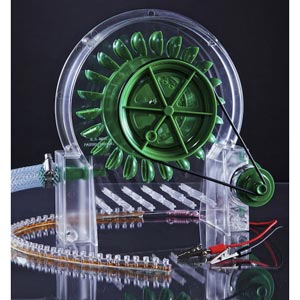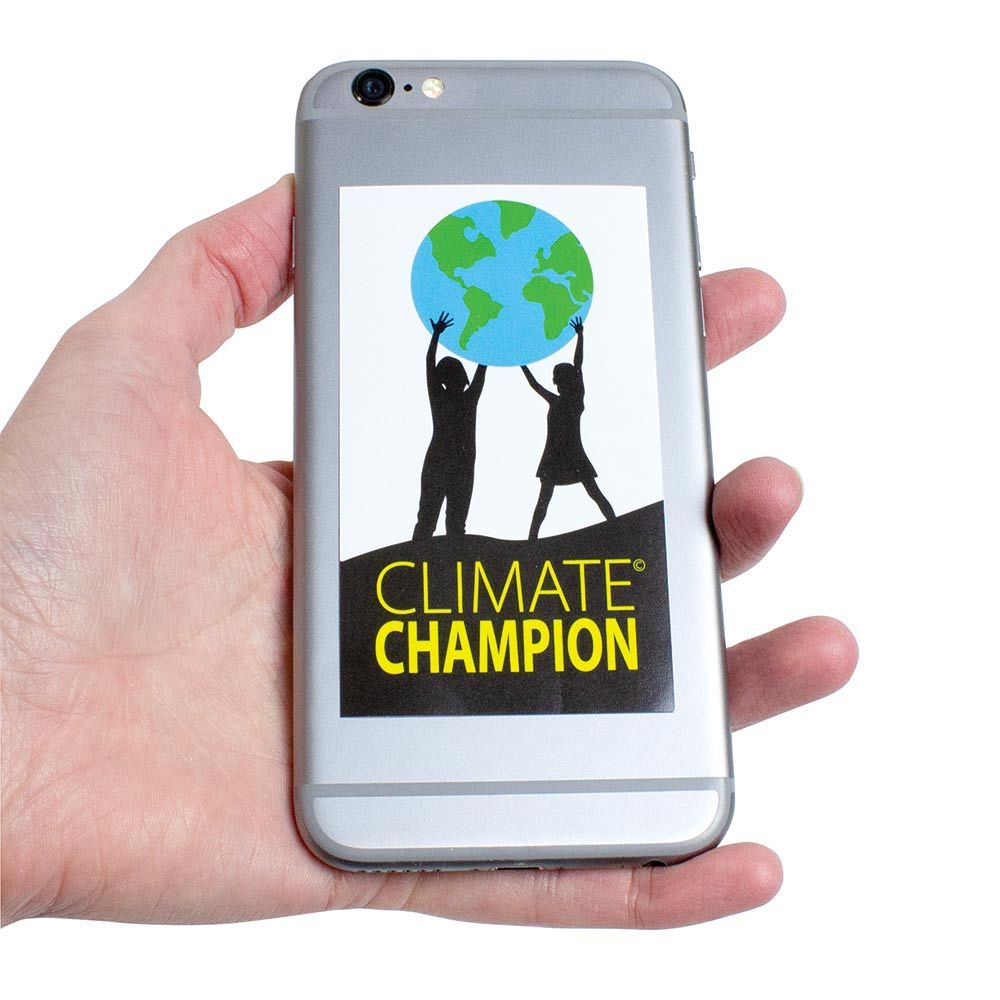
By Captain Roy Bentley
Renewable energy is a hot topic around the world. What IS renewable energy? As you probably already know, it is energy sourced by a power that is not depleted when used. As nations strive to reduce the impact of CO2 and other pollutants on the Earth, there’s a global push toward zero emission energy sources. In other words, renewable energy.
Examples of renewable energy are Wind, Solar, Tidal, Geothermal, and Hydropower.
Except for solar cells, all these other renewable sources depend upon the ability to turn a generator shaft—and in doing so, to produce an electrical current. Michael Faraday discovered 200 years ago that rotating a magnetic field inside a copper coil caused electrons to flow. He recognized that power could be harnessed to produce a wide variety of services for humans—and indeed, it has utterly transformed humankind as a result.
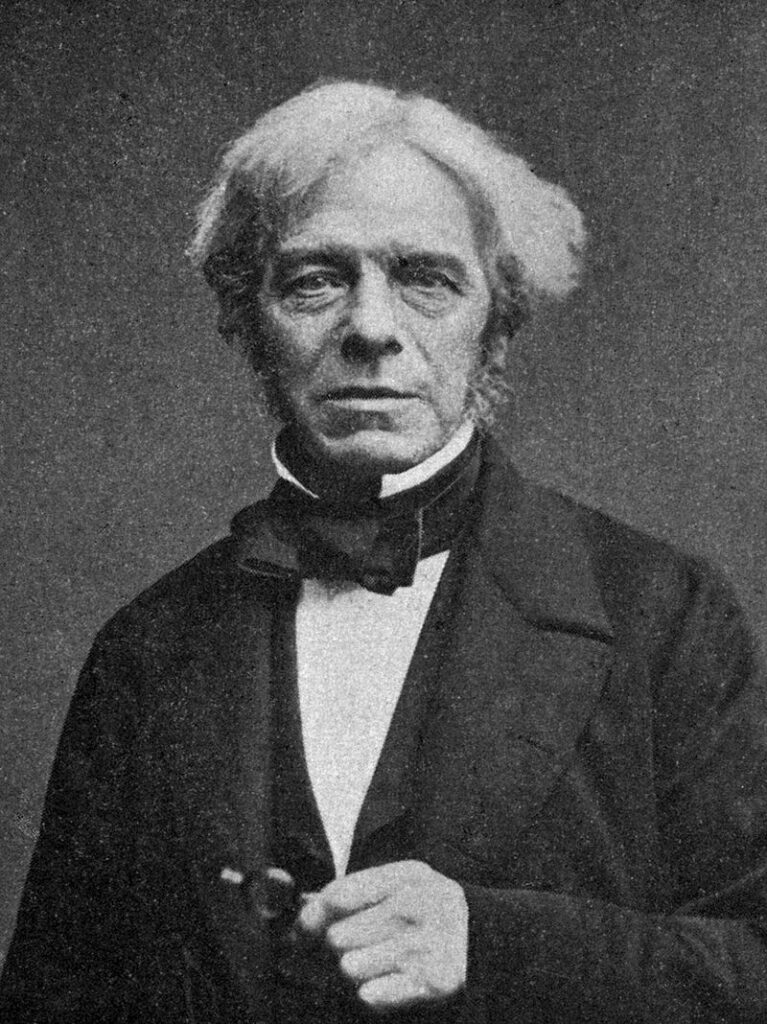
A little personal background
Decades ago, I was extremely fortunate to have had a career as a commercial pilot, flying floatplanes along the coast of British Columbia. The indigenous villages (as well as the logging and fishing camps) typically relied on electricity created by diesel generators. But diesel power had many drawbacks—not the least of which was the incessant generator noise. The solution was to harness available water resources and generate clean, quiet hydropower. I had the pleasure of supplying transport to the engineers and installers.
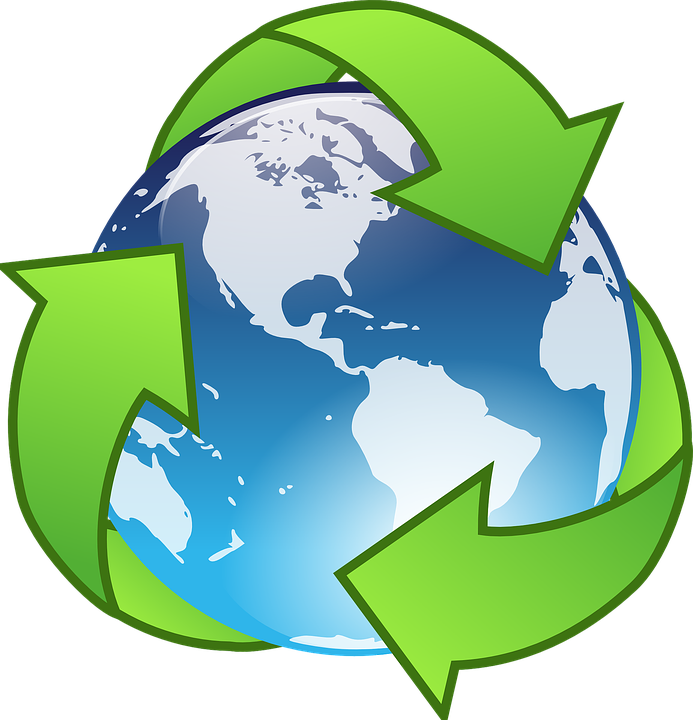
How to demonstrate hydropower?
Thus began my fascination with water turbines.
On the home front, I wanted to share my passion for hydropower with my children. I wanted them to understand what renewable energy was. Moreover, I wanted them to appreciate how it could work to supplant other, more environmentally harmful energy sources.
The problem was, I could not find a suitable demonstration unit. So, I built one! I engineered it to run on our most available source of water pressure, which is our residential water supply.
And thus, the PowerWheel was born
The PowerWheel was designed to be a foundation tool for the instruction of energy and physics. It’s a unique demonstration device that can be used with students from elementary school through to university. Students can handle the PowerWheel directly. It’s transparent, and all the basic points of operation are clearly visible. Simply put, the PowerWheel does not intimidate.
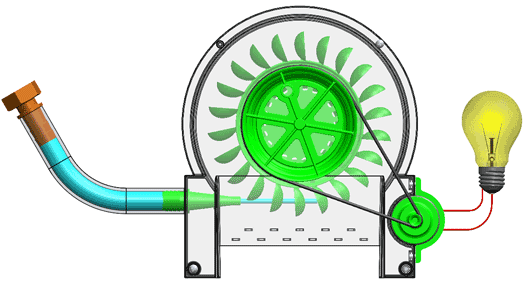
Let me give you an example of its persuasive power.
Is there anyone you know who doesn’t understand how a water faucet works? Probably not. Your students are surely confident they know all there is to know about faucets: they deliver hot and cold water at various rates, depending on how you set the taps. What else is there to it, right? This is an important starting point for introducing the PowerWheel. It’s a chance to prove that—along with providing water—a common household faucet can also deliver a considerable amount of usable power.
In these days of portable cell phones and other electronic devices, one thing is certain: students are constantly looking for the next charging opportunity. With the PowerWheel, you can show students that the good old water faucet can develop sufficient power to charge any battery-powered device. I have found that students are most excited about using a faucet to charge their cell phones.
A Eureka moment!
This is truly a EUREKA moment. By taking an everyday item and employing four pounds of plastic (and a considerable amount of engineering), you are demonstrating hydropower in action. Simple, elegant, and unforgettable! This is the embodiment of STEM.
An extraordinary hydropower resource
I am enormously proud to be a member of the Foundation for Water Energy Education (FWEE) and excited about their latest publication, “Following Nature’s Current.” It’s a 24-page tutorial on electrical generation in the Pacific Northwest. This document is the result of a combined effort from the power producers and Public Utility Districts and took well over eight months to complete.
The link is yours to use with your students. There are myriad ways to use this wonderful resource. I’d like to point out a few useful discussion starters.
- Carbon emissions created from power generation. How does this effect our future? (page 2)
- The Water Cycle. Will this cycle ever stop? Is there a cost to this cycle? (page 5)
- Reliability of our renewable power sources. Which renewable resource is the most reliable? (page 8)
- Pumped hydro storage. Is this the most efficient way to store excess solar and wind power? (page 10)
- Hydropower. How does hydropower impact the environment? (page 18)
In conclusion…
After your students have absorbed all the energy education you have provided and are now ready to build a better world, why not reward them with a CLIMATE CHAMPION sticker?
And lastly, if you are seeking even more information about why it’s important to teach hydropower in the classroom, please check out this blog: Is Hydropower A Renewable Energy Source?


